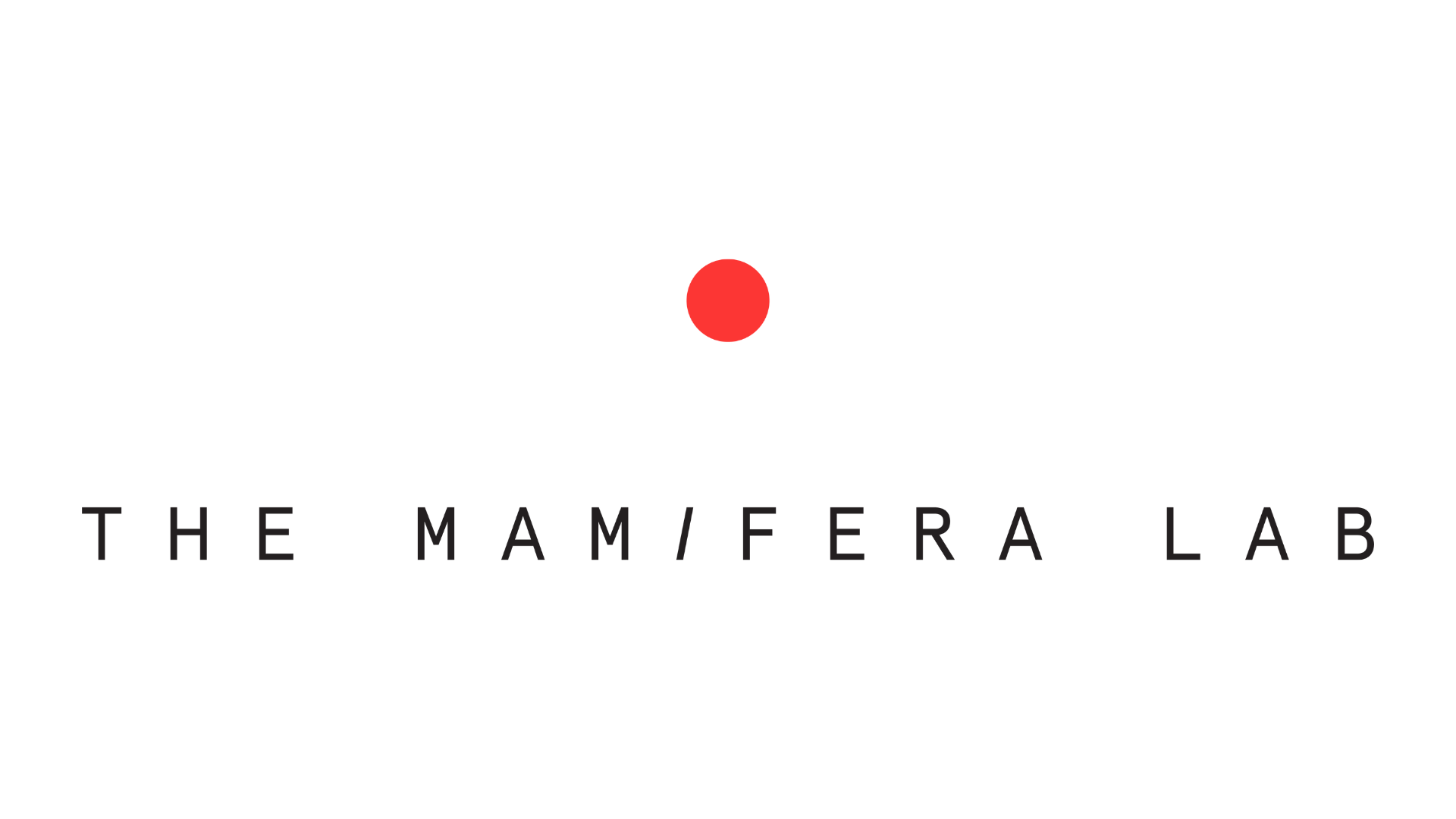The pelvic floor is made up of several layers of muscles that work in harmony to provide support. These layers vary in depth, with the deepest ones supporting the organs and playing a key role during labour, while the more superficial layers are crucial for controlling the sphincters and ensuring the body's core stability.
While strengthening the pelvic floor muscles is often the main focus of exercise, relaxing the pelvic floor is just as important, especially during childbirth. A relaxed pelvic floor allows for better movement of the baby through the birth canal, and ensures that the muscles don’t become tense, which can hinder progress and cause unnecessary discomfort. Additionally, a well-maintained pelvic floor post-birth helps with recovery, supports bladder control, and reduces the risk of prolapse.
One of the best ways to connect with your pelvic floor is through exercises that increase body awareness and control over each muscle layer. Here’s a very effective exercise that helps you identify each pelvic floor layer and learn how to activate and relax them. This exercise will give you better control and understanding of your body, aiding your preparation for both childbirth and postpartum recovery.
Exercise: Layers of the Pelvic Floor
Find a Comfortable Position
Sit in a comfortable position, either on a chair with your feet flat on the floor or on the floor with your legs crossed, ensuring your spine remains aligned. The key is to be relaxed, so choose whichever position feels most comfortable to you.
Visualize the Pelvic Floor Layers
Close your eyes and imagine your pelvic floor as a series of layers, from the most superficial to the deepest. Visualize these layers working together as a support system, able to activate and relax as needed. This visualization will help you become more aware of the muscles in this area, making it easier to engage and relax them during labour and after birth.
Inhale and Relax
Take a deep breath in, allowing your entire pelvic floor to relax. Feel the muscles soften and descend as you exhale. Imagine these layers of muscles gently expanding and releasing tension as they relax. This step is crucial because it helps you understand what it feels like when your pelvic floor is relaxed and open.
Exhale and Contract
As you begin to exhale, gently start to contract the pelvic floor muscles, beginning with the most superficial layer. Imagine drawing the muscles inward. As you continue exhaling, move deeper, contracting the next layers progressively until you reach the deepest layer. Be mindful of how each layer activates and how the tension deepens with each breath.
Inhale and Release
Now, take another deep breath in and slowly begin to release the layers, starting with the deepest layer and gradually relaxing the more superficial layers as you breathe out. This step will help you learn to control the relaxation and contraction of the pelvic floor muscles, increasing both your sensitivity and ability to manage tension in this important area.
Repeat the Exercise Regularly
Consistent practice of this exercise will enhance your awareness and control over your pelvic floor, allowing you to improve its function for childbirth and postpartum recovery. By strengthening your awareness and control, you can help ensure that your pelvic floor remains flexible and functional.
Understanding and working with the pelvic floor is essential for a smoother childbirth experience. By practising relaxation and control over the pelvic floor muscles, you are preparing yourself to respond to the natural demands of labour. A relaxed pelvic floor allows the baby to move more freely through the birth canal, reducing the likelihood of prolonged labour or injury during delivery.
In the postpartum period, the pelvic floor will require care and attention to aid recovery. Strengthening and relaxing the pelvic floor muscles can speed up recovery, improve bladder control, and reduce discomfort. Moreover, it helps prevent long-term issues like prolapse, ensuring a more comfortable and healthier life after childbirth.

